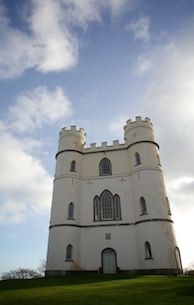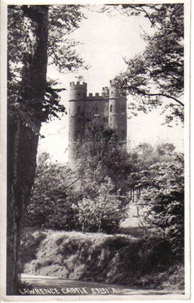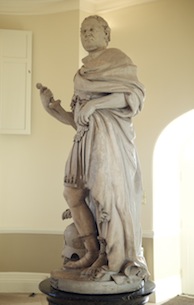Enquiries haldonbelvedere@gmail.com Tel: 01392 833846
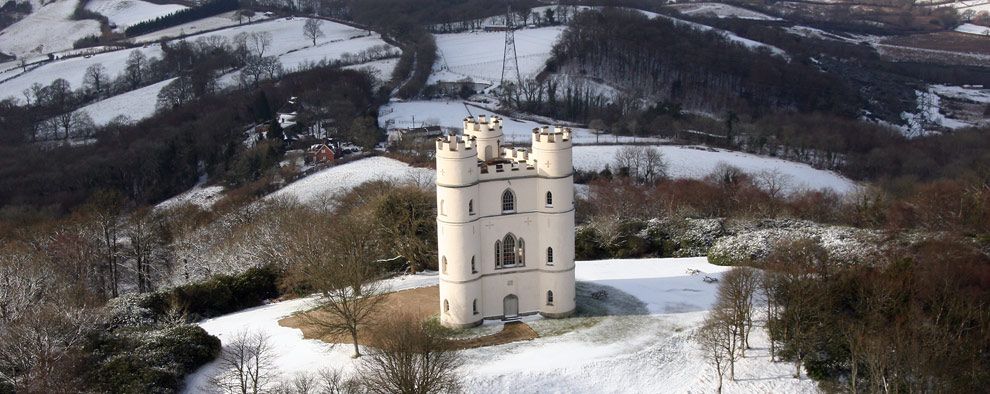
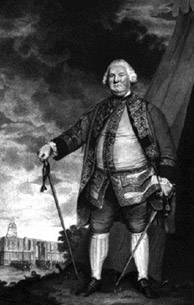

Haldon Belvedere (Lawrence Castle)
Haldon Belvedere or Lawrence Castle as it was originally known was built on a high ridge above Haldon House which lies to the east of the ridge after the estate came into the ownership of the Sir Robert Palk following his time as the Governor of Madras. His wealth had been made whilst working with the East India Company and as Paymaster and Commissary in the field to the Indian Army. He lavishly remodelled the house which had been built in the style of Buckingham House in St James Park (now Buckingham Palace) by the previous owners, the Clifford family. They had also commenced the major landscaping of the area which included remodelling the ridge in the ‘picturesque’ style of the second half of the 18th century, and in 1788 Sir Robert built the Haldon Belvedere as a memorial to his friend Major-General Stringer Lawrence with whom he had been associated in India.
Sir Robert spent some £2,000-3,000 on building the castle which was modelled on Shrub Hill Tower in Windsor great Park and it is one of the few remaining reminders of the Palk empire which at its height included some 11000 acres of land in the area. To show his wealth to its best advantage he built a special carriageway, the King’s Road, between Haldon House and the castle for the visit of George III in 1789.
The Belvedere sits on a knoll some 244 metres above sea level. This, with the 99 steps which travel to the roof, would have provided (and still do) panoramic views on all directions across to the Jurassic coast of Dorset and Portland Bill, towards Exmoor and the Quantock Hills to the north, Dartmoor to the west and the rolling hills of the South Hams to the south.
The subsequent Baronets showed little understanding of business but considerable interest in gambling such that Haldon House and its lands were sold off over a period of time. Haldon House was eventually demolished in 1925 and its contents removed. Haldon Belvedere was also sold and remained in private ownership until 1994 when it was handed over to the Stringer Lawrence Memorial Trust.
The Grade II* Listed castle was carefully and beautifully restored in 1994 from a near ruin by the Devon Historic Buildings Trust and the timeless elegance of the fine architecture with its ornate plasterwork, gothic style windows and doors, mahogany flooring and the stone cantilevered spiral staircase, was conserved. During 2016 a massive restoration of the exterior took place including the total restoration and redecoration of the walls, windows and paintwork, with assistance from Viridor Environmental Credits.

